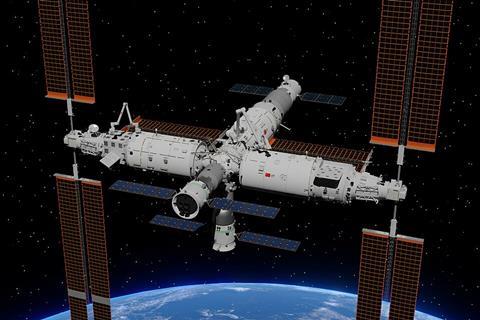For a long time, the formation, change, and maintenance mechanisms of microbial communities induced by microgravity have only been studied to a limited extent in the International Space Station, largely due to the constraints of long-term microgravity experimental conditions. The China Space Station, as another long-term microgravity experimental platform, can better address microbial ecology and environmental control issues brought about by long-term manned flights.

In this study, the China Space Station Habitation Area Microbiome Program (CHAMP) was meticulously designed as a multi-batch, full-cabin, and panoramic endeavor. Metagenomics, comparative genomics, and microbial culture techniques were employed to conduct an in-depth analysis of the structure, function, dynamic changes, and adaptation mechanisms of microbial communities within the China Space Station.
READ MORE: From Earth to space: the journey of microbes and their survival mechanisms
By comparing and analyzing environmental microbial samples from the China Space Station with those from the International Space Station—which has been operational for over 20 years—common characteristics of environmental microorganisms during long-term human residence in space can be identified. Furthermore, the existing microbial community in the China Space Station and its subsequent changes can be predicted over time. These insights will inform the development of microbial safety measures for long-term manned missions.
Baseline for environmental microbial level
This study has established a baseline for the environmental microbial level during the early operation of the China Space Station. It has also explored the formation of microbial ecological structures within the space station platform, focusing on several key aspects: the commonalities and differences in microbial community composition patterns, microbial species symbiosis patterns, intraspecies variation patterns of microbes, and genetic differences among environmental microorganisms. These findings are expected to further advance the research consensus on microbial adaptation capabilities and mechanisms in space.
Shenzhou Space Biotechnology Group Co., Ltd. is a pioneering high-tech enterprise dedicated to the development of space biotechnology. The company’s space microbiology research team specializes in microbial safety and control for space missions, focusing on microbial detection and control technologies, microbial resource development and industrial application and the design of space experimental devices.
The paper is published in Science China Life Sciences.







No comments yet